Growing Geriatric Population
The demographic shift towards an aging population is a critical factor influencing the Pulmonary Edema Market. Older adults are more susceptible to chronic diseases, including heart failure and respiratory disorders, which can lead to pulmonary edema. Current statistics reveal that the geriatric population is expected to double by 2050, creating a substantial demand for healthcare services and treatments tailored to this demographic. This trend underscores the necessity for effective management strategies for pulmonary edema, thereby driving growth in the market. As healthcare systems adapt to meet the needs of an aging population, the Pulmonary Edema Market is likely to see increased investment and innovation.
Increased Awareness and Education
Rising awareness regarding pulmonary edema and its associated risks is significantly impacting the Pulmonary Edema Market. Educational initiatives aimed at both healthcare professionals and the general public are fostering a better understanding of the condition, its symptoms, and the importance of early intervention. This heightened awareness is likely to lead to increased patient consultations and demand for diagnostic and therapeutic options. Market analysis suggests that as more individuals recognize the signs of pulmonary edema, there will be a corresponding rise in treatment-seeking behavior, further stimulating growth in the Pulmonary Edema Market. The emphasis on patient education is thus a vital driver of market dynamics.
Advancements in Medical Technology
Technological innovations in medical devices and treatment methodologies are propelling the Pulmonary Edema Market forward. The introduction of advanced imaging techniques, such as high-resolution CT scans and echocardiography, has improved diagnostic accuracy, enabling earlier detection of pulmonary edema. Furthermore, the development of novel pharmacological agents and minimally invasive procedures enhances treatment efficacy. Market data indicates that the medical technology sector is projected to grow substantially, with investments in research and development driving this trend. As healthcare providers adopt these advancements, the Pulmonary Edema Market is poised for expansion, reflecting the ongoing evolution of patient care.
Government Initiatives and Funding
Government policies and funding aimed at improving healthcare infrastructure are pivotal in shaping the Pulmonary Edema Market. Various health authorities are investing in programs that enhance access to medical care and promote research into pulmonary conditions. These initiatives often include funding for clinical trials and the development of new treatment protocols. Recent data indicates that public health expenditures are on the rise, reflecting a commitment to addressing chronic diseases, including pulmonary edema. As governments prioritize healthcare improvements, the Pulmonary Edema Market stands to benefit from increased resources and support, potentially leading to innovative solutions and enhanced patient outcomes.
Rising Incidence of Cardiovascular Diseases
The increasing prevalence of cardiovascular diseases is a notable driver for the Pulmonary Edema Market. Conditions such as heart failure and hypertension are closely linked to the development of pulmonary edema. According to recent data, cardiovascular diseases account for a significant portion of global mortality rates, which has led to heightened awareness and demand for effective treatment options. As healthcare systems strive to manage these conditions, the Pulmonary Edema Market is likely to experience growth. The need for innovative therapies and advanced medical devices to address the complications arising from cardiovascular diseases is becoming increasingly apparent, suggesting a robust market potential for stakeholders in this sector.
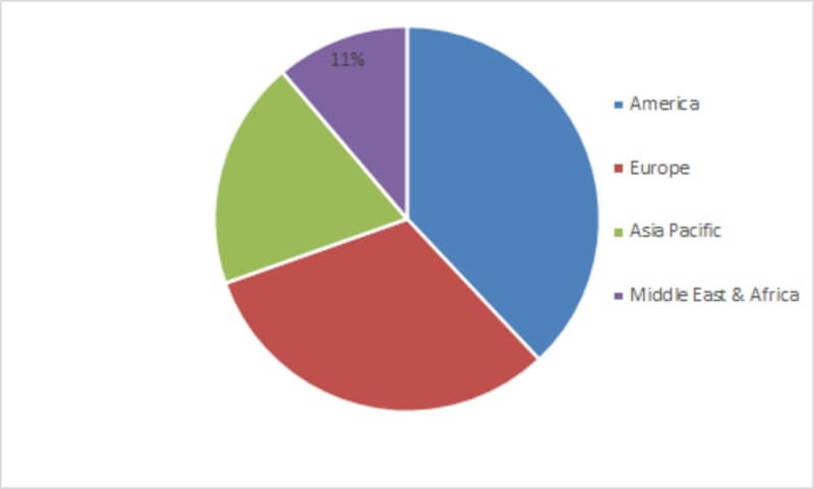

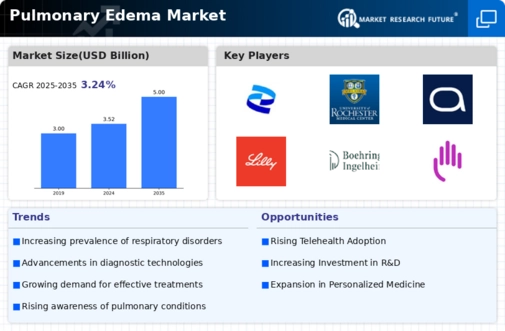
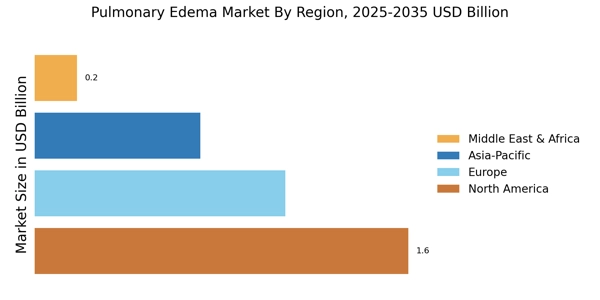
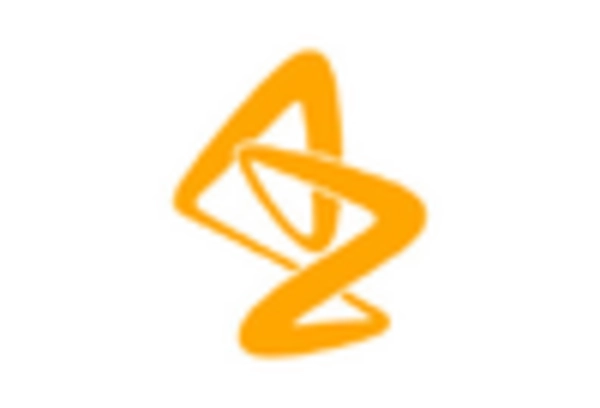
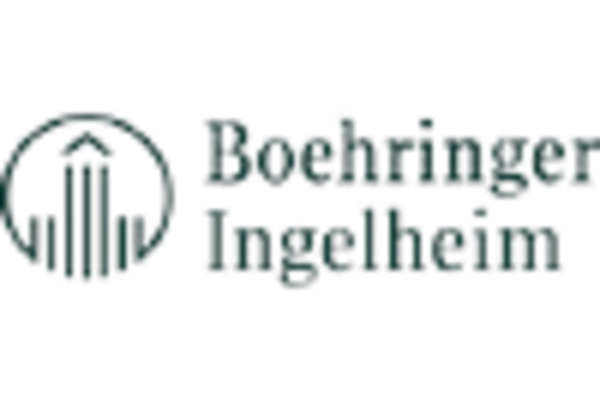
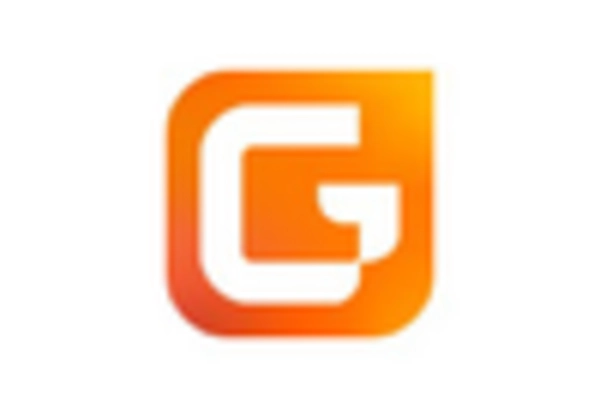

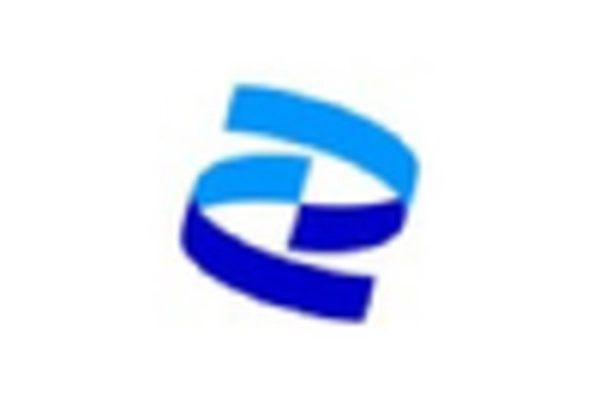









Leave a Comment